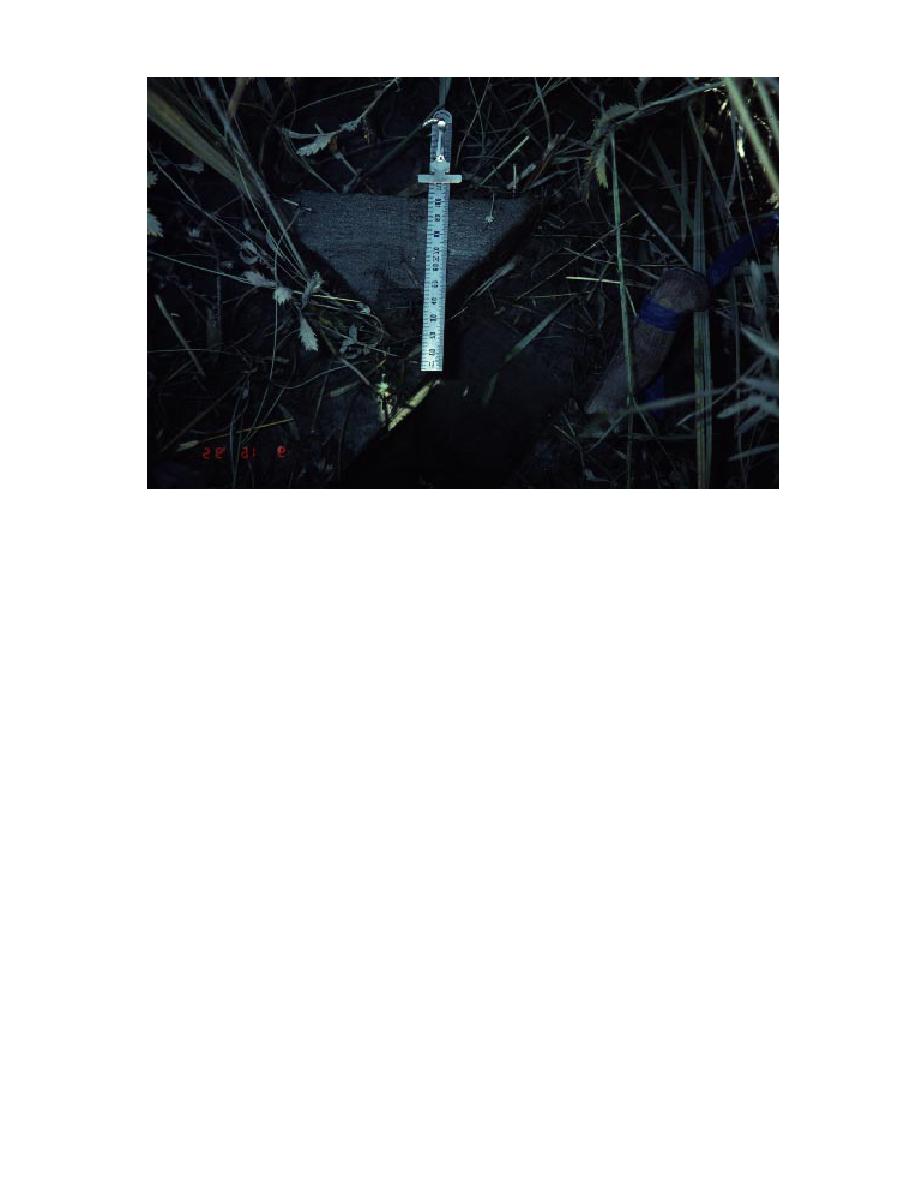
Figure 11. Wedge-shaped sediment block used to measure vertical accretion. Note subhorizontal lamina-
tions.
sured in a sediment trap consisting of a 4-in.-
Pond sedimentation
diameter (10.2-cm-diameter) schedule-40 PVC
measurements
pipe end cap glued to a short length of 2-in.-
Sedimentation rates in permanent ponds and
diameter (5-cm-diameter) schedule-40 PVC pipe
marshes are difficult to measure accurately be-
at the isolated pond stations, and a 16-cm-diam-
cause a slight disturbance of the water column
eter end cap at pond transect stations. The pipe
can resuspend the fine-grained materials cover-
was inserted into pond sediments until the bot-
ing their bottoms. Transects were established in
tom of the cup was in contact with the bed (Fig.
May 1995 for detailed measurements of sedimen-
14). Sediment trapped in the cup included new
tation rates in six ponds (Fig. 12), while isolated
sediment brought into the ponds by tidal inunda-
sites were previously established in 1992, 1993
tion and river currents, and materials resuspended
and 1994. Two orthogonal transects were usually
by wind waves, dabbling ducks or other mecha-
established in each pond, with traps located about
nisms. The thickness of accumulated sediment
every 20 m along them. Two methods were used
was measured to the nearest 0.5 mm by inserting
in permanent ponds, one to measure gross sedi-
a graduated scale into it at three places. After
mentation rates and another to evaluate resedi-
measurement, the sediment in the cup was cleared
mentation caused by resuspension of pond and
or saved for analysis of WP concentration.
marsh sediments by wind, waterfowl and other
Net sedimentation rates at isolated sites and
processes.
transect sites were measured using a thin, rigid
Gross (total) sedimentation rates in ponds were
plastic plate of about 30 cm square that was
measured at 18 sites following tidal inundations
pushed gently into the pond bottom until its sur-
in June, August and September 1992, and in May
face was flush with the bottom surface. The cor-
and September 1993, 1994 and 1995 (Fig. 13). Gross
ners of the plate were secured by aluminum tent
deposition from tidal and river inundation, as
pegs (Fig. 14). Sediment in suspension settled onto
well as resuspended bottom sediments, was mea-
16



 Previous Page
Previous Page
